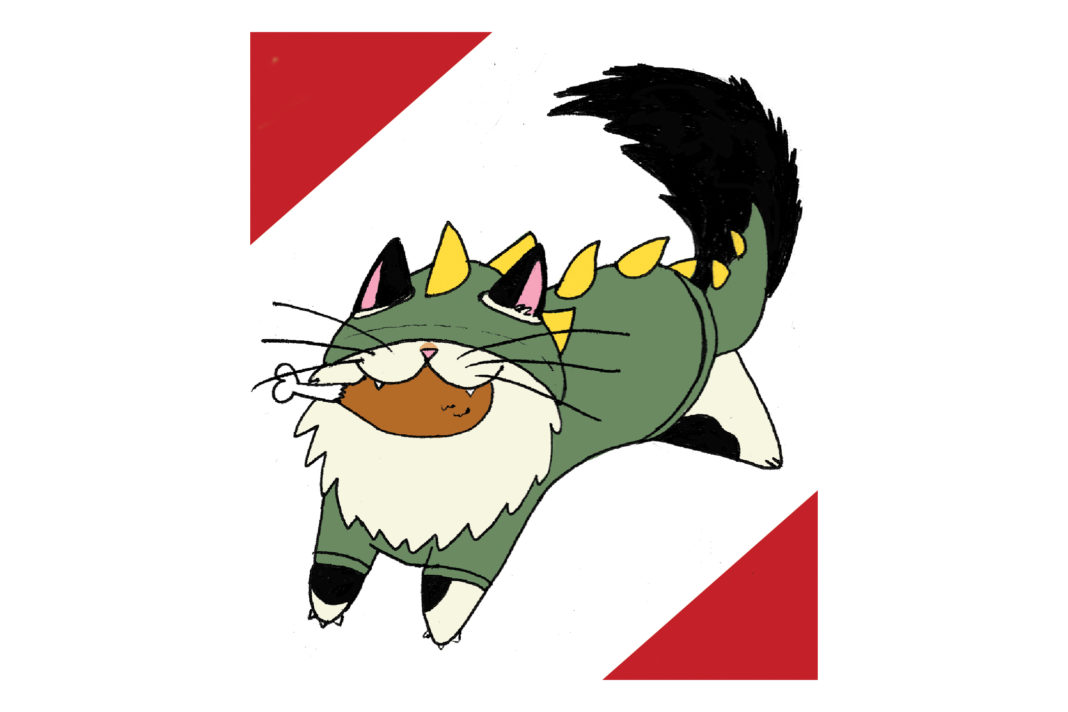Chris Columbus’ new film not worth the ‘Rent’
Leaving the world of “Harry Potter” for Manhattan’s low-rent district, director Chris Columbus has come up with something well shy of magical.
As he showed with the first two “Potter” movies, Columbus has a knack for making big movies that are far less interesting than their source material. With “Rent,” Columbus delivers an elaborately constructed yet unimaginative rendering of the Broadway musical smash about lovers and friends coping with poverty, AIDS and addiction.
While the movie takes some of the action to the streets and balconies, alleys and sidewalks, it still feels cloistered, with no strong sense that the story truly has moved off the stage into the real world.
Columbus has the grandest city in the world to shoot in, but far too much of the action is in static locations. The musical numbers suffer for their stagy presentation in this loft apartment or that squatter’s flat.
When Columbus does move things outdoors, the settings often look surreally cheap, like backlot copies of New York streets, even though cast and crew did a fair amount of shooting at actual exteriors throughout the city.
The music and lyrics of "Rent" creator Jonathan Larson, who died as the show was going into previews in 1996, are performed with gusto by the cast, most of them veterans of the original Broadway production.
Yet the hard-rock arrangements Columbus chose to back the songs are thin, boring, mechanical instrumentations whose cheesy rhythms are an insult to the passion of the vocals.
A modern update of Puccini’s opera “La Boheme,” “Rent” centers on a group of bohemian pals and lovers determined to live for art and individuality in a 1980s world of commerce that views their kind as expendable.
Artist Central, where the gang spends much of its time, is the loft of singer-songwriter Roger (Adam Pascal) and filmmaker Mark (Anthony Rapp), who’s perpetually shooting a documentary about "La Vie Boheme," their maverick lifestyle.
Ex-junkie Roger, who lost a girlfriend to AIDS and has the infection himself, is gradually drawn into new romance with downstairs neighbor Mimi (Rosario Dawson), an exotic dancer addicted to heroin who’s also HIV-positive.
Mark pines over former girlfriend Maureen (Idina Menzel), a performance artist who has taken a lesbian lover, attorney Joanne (Tracie Thoms). Love also blossoms for their buddy Tom Collins (Jesse L. Martin), a philosophy teacher who falls for the saintly, HIV-positive, transsexual street drummer Angel (Wilson Jermaine Heredia, a Tony Award winner for the role on Broadway and the show-stopper among the performers in the film).
And what are artists without a common enemy? Taye Diggs plays Benny, a former Bohemian who wed the landlord’s daughter and has gone back on a pledge to let his old artist chums live rent-free, now threatening to evict them.
The weakest of Larson’s songs generally are bunched in the film’s first half, and the story and characters likewise take time to warm up to. A sense of real empathy and camaraderie finally begins to emerge about halfway through with the big group theme song “La Vie Boheme,” a rollicking number that nevertheless comes off as vaguely disappointing because of its austere staging.
The real musical highlights are Heredia’s lively dance-and-drum bit “Today 4 U” and Menzel and Thoms’ love-hate duet "Take Me or Leave Me." At times, some of the other numbers have the montage look and feel of music videos, while a performance-art protest piece Menzel’s Maureen delivers is just irritating.
The bass-heavy accompaniment has the annoying precision of a metronome, the music often loud enough to undermine the voices, especially in scenes of soaring group vocals, where the performers are so earnest you end up wishing for a cappellas.
Columbus, whose career was built on commercial pap such as "Home Alone" and “Mrs. Doubtfire,” does not shy away from the story’s dark corners, nor does he fully embrace them. A stirring memorial service captures the pain of losing someone to AIDS, yet elsewhere, the ravages of the disease and the agony of narcotics withdrawal are glossed over in Columbus’ typical lightweight fashion.
During New Year’s revels late in the film, Joanne uncorks a bottle of champagne, looking braced for an eruption of bubbly, only to find it burble out in a feeble fizz. That sums up the movie version of "Rent": High hopes, flat results.



